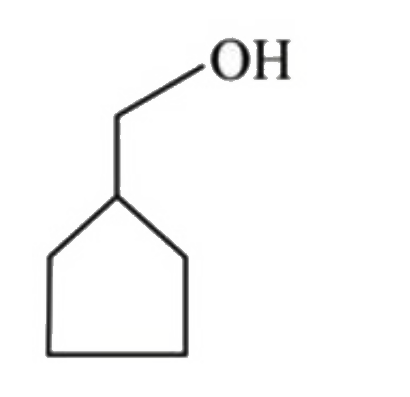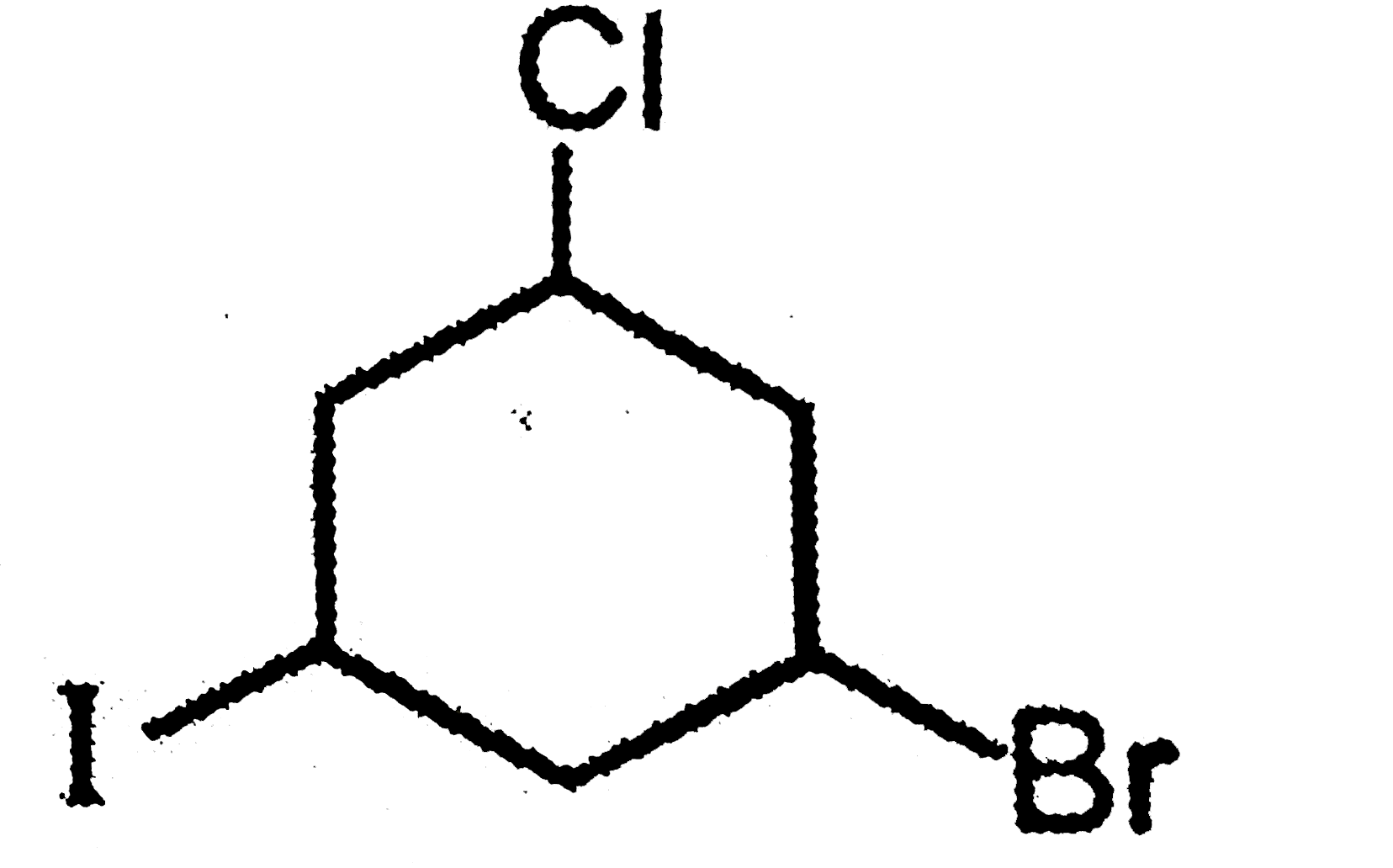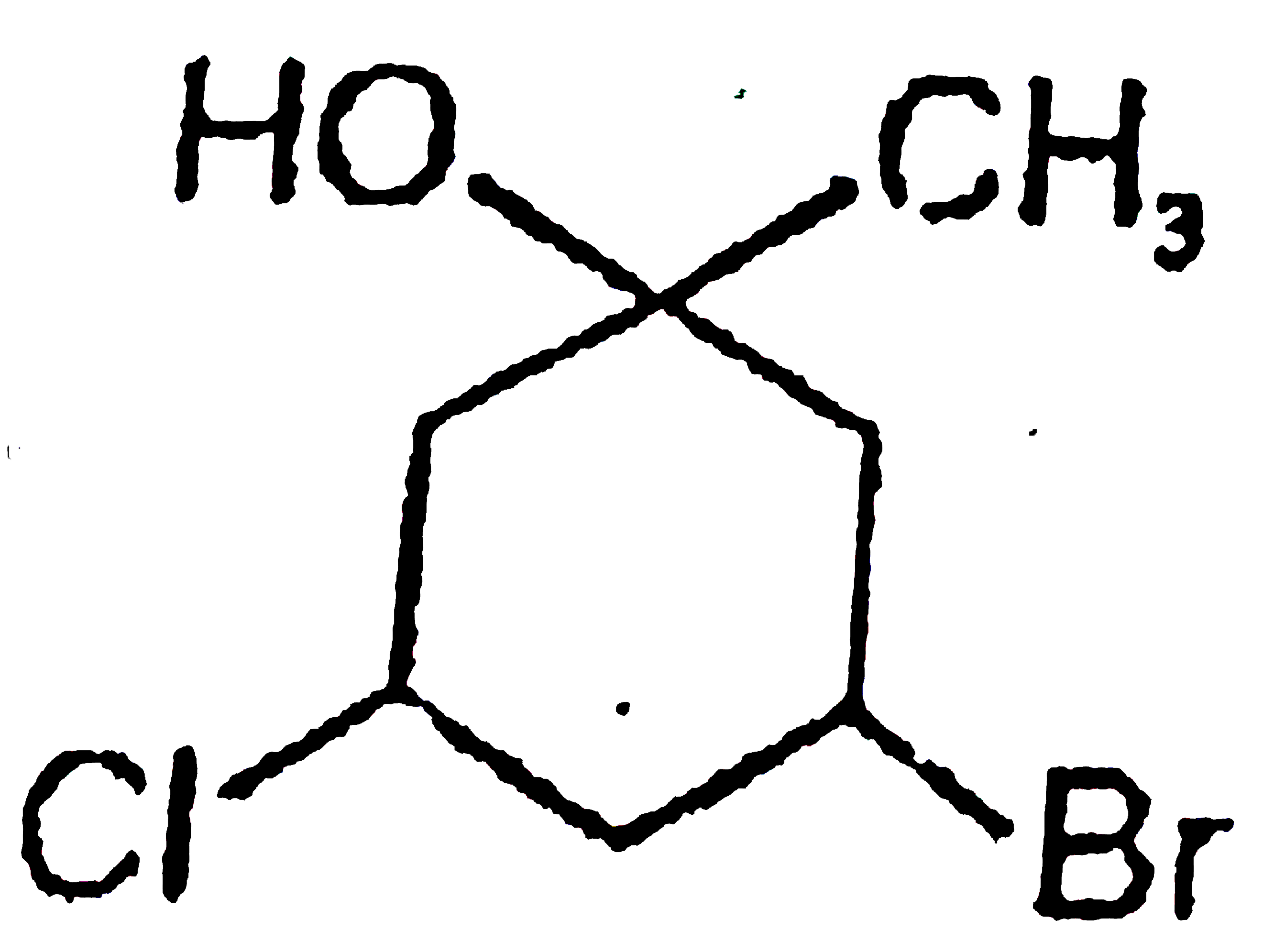How many more co-ordination isomers are possible of the compound [Cu(NH3)4][PtCl4] ?
The correct Answer is:4
To determine how many more coordination isomers are possible for the compound (Cu(NH3)4)(PtCl4), we can follow these steps:
Step 1: Identify the Coordination Spheres
The compound consists of two coordination spheres:
1. The copper(II) complex: (Cu(NH3)4)2+
2. The platinum(IV) complex: (PtCl4)2−
Step 2: Analyze Possible Isomers
Coordination isomers occur when the ligands can be rearranged between the two metal centers. Here, we can transfer ligands (NH3 and Cl) between the copper and platinum complexes.
Step 3: List Possible Isomers
1. First Isomer: Transfer one Cl from Pt to Cu and one NH3 from Cu to Pt:
- (Cu(NH3)3Cl)(PtCl3(NH3))
2. Second Isomer: Transfer two Cl from Pt to Cu and two NH3 from Cu to Pt:
- (Cu(NH3)2Cl2)(PtCl2(NH3)2)
3. Third Isomer: Transfer three Cl from Pt to Cu and one NH3 from Cu to Pt:
- (Cu(NH3)Cl3)(PtCl(NH3)3)
4. Fourth Isomer: Transfer all four Cl from Pt to Cu and all four NH3 from Cu to Pt:
- (CuCl4)(Pt(NH3)4)
Step 4: Count the Isomers
From the analysis, we have identified 4 coordination isomers that can be formed by rearranging the ligands between the two metal centers.
Conclusion
Thus, the total number of coordination isomers possible for the compound (Cu(NH3)4)(PtCl4) is 4.
---
The compound consists of two coordination spheres:
1. The copper(II) complex: (Cu(NH3)4)2+
2. The platinum(IV) complex: (PtCl4)2−
Coordination isomers occur when the ligands can be rearranged between the two metal centers. Here, we can transfer ligands (NH3 and Cl) between the copper and platinum complexes.
1. First Isomer: Transfer one Cl from Pt to Cu and one NH3 from Cu to Pt:
- (Cu(NH3)3Cl)(PtCl3(NH3))
- (Cu(NH3)2Cl2)(PtCl2(NH3)2)
- (Cu(NH3)Cl3)(PtCl(NH3)3)
- (CuCl4)(Pt(NH3)4)
From the analysis, we have identified 4 coordination isomers that can be formed by rearranging the ligands between the two metal centers.
Thus, the total number of coordination isomers possible for the compound (Cu(NH3)4)(PtCl4) is 4.
Topper's Solved these Questions
- CO-ORDINATION COMPOUNDSBook:VK JAISWAL ENGLISHChapter:CO-ORDINATION COMPOUNDSExercise:LEVEL 2
Explore 144 Videos
- CO-ORDINATION COMPOUNDSBook:VK JAISWAL ENGLISHChapter:CO-ORDINATION COMPOUNDSExercise:ASSERTION-REASON TYPE QUESTIONS
Explore 26 Videos
- CHEMICAL BONDING (BASIC)Book:VK JAISWAL ENGLISHChapter:CHEMICAL BONDING (BASIC)Exercise:SUBJECTIVE PROBLEMS
Explore 54 Videos
- d-BLOCK ELEMENTSBook:VK JAISWAL ENGLISHChapter:d-BLOCK ELEMENTSExercise:ASSERTION-REASON TYPE QUESTIONS
Explore 32 Videos
Similar Questions
How many isomers are possible for the complex ion [Cr(NH3)3Cl3] ?
View SolutionHow many positional isomers are possible for this compound

View SolutionHow many isomers are possible for the complex ion [Cr(NH3)(OH)2Cl3]2− ?
View SolutionHow many position isomers are possible for chlorophenol?
View SolutionHow many geometrical isomers are possible for

View SolutionHow many optical isomers are possible for following compound ?

View SolutionHow many position isomers are possible for dichorocyclohexane?
View SolutionHow many positional isomers are possible for dimethylcyclohexane?
View SolutionThe total number possible isomers for the complex compound [Cu(NH3)4[PtCI4] are
View SolutionThe total number of possibel coordination isomer for the given compounds [Pt(NH3)(4)Br2][PtBr4] is .
View Solution